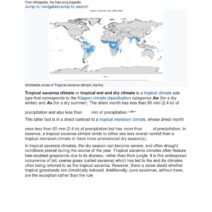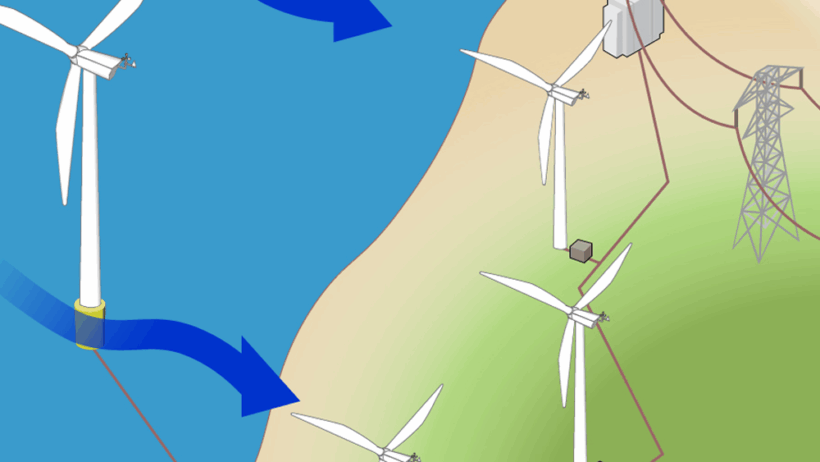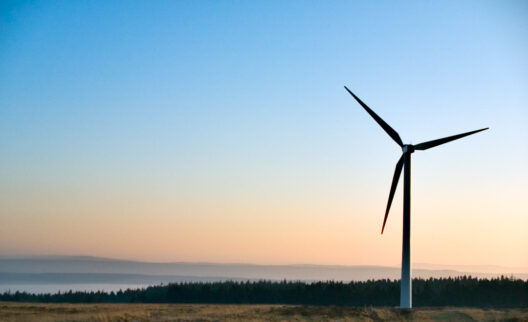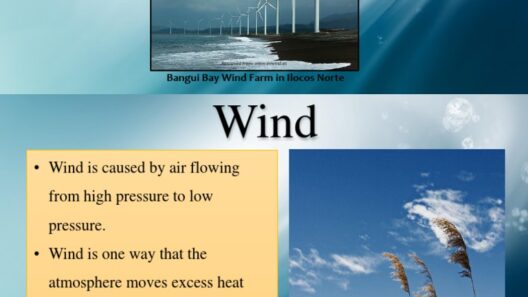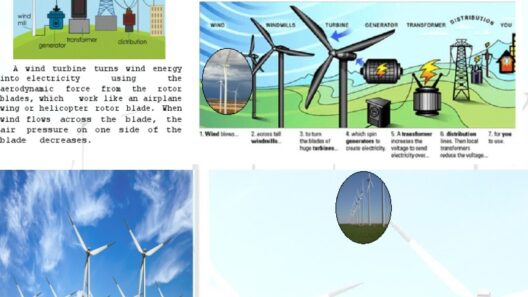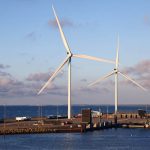Wind energy is an increasingly vital facet of our transition towards sustainable power generation. The extraordinary ability of the earth’s atmosphere to harness kinetic energy from air movement and convert it into electricity presents a plethora of opportunities. This article delves into the intricate mechanics of wind energy production, exploring the nuances of how wind is transformed into a valuable resource for electricity generation.
In the modern world, wind energy emerges as a beacon of hope amidst growing concerns surrounding fossil fuels and climate change. Understanding its mechanics not only heightens our appreciation for this natural phenomenon, but also illuminates the path toward a more sustainable future.
Let us embark on this exploration into the captivating world of wind energy generation; the intricate relationship between wind movement and the generation of electrical power is a compelling narrative of nature and technology intertwined.
Understanding the Wind: A Natural Force
At its core, wind is merely air in motion. It is caused by variations in atmospheric pressure, primarily driven by solar energy. When sunlight heats the earth’s surface, it results in uneven temperature distribution, which ultimately causes air to move from areas of high pressure to areas of low pressure. This movement, though seemingly simple, facilitates an extraordinary conversion process when we set our sights on harvesting wind energy.
The blades of a wind turbine embody a brilliant engineering innovation that harnesses this natural force. When wind travels over the turbine blades, it generates lift, akin to an airplane wing. The design of modern wind turbine blades incorporates aerodynamic profiles that enable them to capture wind energy efficiently. As the wind strikes these blades, they begin to spin, and this rotational energy is the precursor to electricity generation.
The Symphony of Mechanical Components
The mechanics of a wind turbine can be likened to a finely tuned orchestra. Each component plays an essential role in transforming kinetic energy into electrical power.
The rotor, which consists of the blades, is the primary mechanism for harnessing wind energy. Upon rotation, the rotor is connected to a shaft that spins within a generator. This generator converts mechanical energy into electrical energy through electromagnetic induction; when the shaft rotates, it induces an electric current in the generator’s coils. The dynamism of this process underscores the synergy between kinetic energy and electromagnetic principles.
Accompanying the rotor is the nacelle, the housing atop the turbine tower that contains critical machinery. Inside the nacelle, components such as the gearbox and generator work in harmony. The gearbox amplifies the rotational speed before transmitting it to the generator, amplifying the efficiency of electricity generation.
Turbinology: The Complexities of Efficiency
The efficiency of wind turbines in generating electricity relies not only on design but also on environmental variables. Factors such as wind speed, direction, and turbulence significantly impact the energy harvested. The “cut-in” speed, the minimum wind velocity required for a turbine to begin electricity production, as well as the “cut-out” speed, the threshold beyond which turbines shut down to prevent damage, are critical metrics that engineers consider when designing turbine systems.
Moreover, turbine placement is paramount. Wind farms are strategically located in areas with optimal wind conditions, such as coastal regions and open plains, where the flow of wind is consistent and powerful. These locations facilitate maximum energy capture while minimizing potential disruptions to the surrounding ecosystem.
Harnessing the Power: From Wind Farms to Homes
The journey of harvested wind energy transforms into usable electricity for homes and businesses. When wind turbines generate electricity, it enters the grid through substations, where voltage is adjusted for transmission over long distances.
The process of integrating wind energy into the broader power grid exemplifies the sophistication of modern energy systems. Utility operators manage the distribution of electricity, ensuring that wind-generated power complements other energy sources, thus maintaining a stable and reliable power supply.
Additionally, the rising implementation of energy storage solutions, such as batteries, plays a crucial role in balancing supply and demand. The intermittency characteristic of wind energy necessitates innovative strategies to store excess energy generated during high-wind periods, ensuring that energy is available even during calm conditions.
The Green Revolution: The Future of Wind Power
As the world pivots toward cleaner energy sources in response to climate change imperatives, the promises of wind energy become ever more significant. The potential for wind to substantially reduce carbon emissions positions it as a cornerstone of future energy strategies.
Investment in wind technology has burgeoned, propelling advancements in turbine efficiency and scalability. Large-scale offshore wind farms are emerging as a formidable competitor to traditional energy sources, utilizing vast stretches of ocean to capture wind energy with greater intensity and reliability. This not only reflects an innovation-driven approach but also redefines our interaction with the natural world.
The palpable shift in public awareness surrounding renewable energy underscores the dual benefits of wind power: enhancing energy security while mitigating environmental impact. Communities across the globe are beginning to embrace local wind initiatives, fostering a culture of sustainability that resonates with citizen activism.
Conclusion: Embracing Wind Energy for Tomorrow
As we delve into the mechanics and potential of wind energy, it becomes clear that our sustainable future hinges upon this remarkable natural resource. By recognizing the intricate processes behind wind power generation, we enrich our understanding of both energy independence and ecological stewardship.
The horizon is illuminated by the promise of wind energy, presenting an unparalleled opportunity to reshape our energy landscape. As we continue to harness the gusts that sweep across our planet, we embark on a journey not only toward cleaner energy but also toward a more resilient and sustainable tomorrow.


